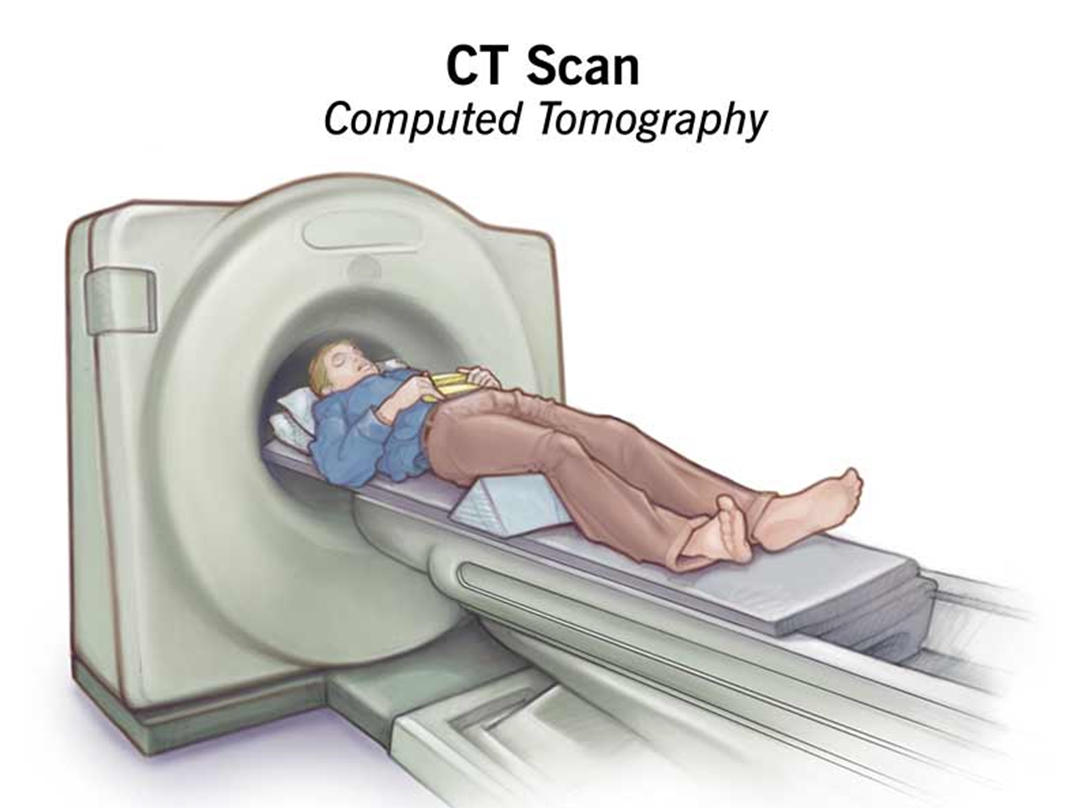The nurse is planning to teach infant care and preventive measures for sudden infant death syndrome (SIDS) to a group of new parents. Which information is most important for the nurse to include?
Ensure that the infant's crib mattress is firm.
Prop the infant with a pillow when in a side-lying position.
Swaddle the infant in a blanket for sleeping.
Place the infant in a prone position whenever possible.
The Correct Answer is A
Choice A reason: This is correct because a firm mattress reduces the risk of suffocation and rebreathing of carbon dioxide, which are associated with SIDS.
Choice B reason: This is incorrect because propping the infant with a pillow can cause the infant to slide down and suffocate or obstruct the airway.
Choice C reason: This is incorrect because swaddling the infant in a blanket can cause overheating, which is a risk factor for SIDS.
Choice D reason: This is incorrect because placing the infant in a prone position can increase the risk of SIDS by impairing gas exchange and thermoregulation.
Nursing Test Bank
Naxlex Comprehensive Predictor Exams
Related Questions
Correct Answer is D
Explanation
Choice A reason: Securing chest tube to the stretcher for transport is a good practice, but it is not the most important action. The chest tube should be secured to prevent accidental dislodgement or kinking, but it does not affect the function of the chest tube or the drainage system.
Choice B reason: Administering PRN pain medication prior to transport is a compassionate action, but it is not the most important action. The client may experience pain due to the chest tube, the intubation, or the underlying condition, but pain relief is not a priority over maintaining adequate ventilation and drainage.
Choice C reason: Marking the amount of chest drainage on the container is a useful action, but it is not the most important action. The amount of chest drainage should be recorded and reported to monitor the client's status and detect any complications, such as hemorrhage or infection, but it does not affect the immediate function of the chest tube or the drainage system.
Choice D reason: Keeping chest tube container below the site of insertion is the most important action for the nurse to take. The chest tube container should be kept below the level of the client's chest to maintain a gravity-dependent pressure gradient that allows air and fluid to drain from the pleural space. If the container is raised above the site of insertion, it can cause backflow of air or fluid into the pleural space, which can compromise ventilation and cause tension pneumothorax.

Correct Answer is C
Explanation
Choice A reason: Remove the catheter and palpate the client's bladder for residual distention. This is not the best action, as it may cause discomfort and trauma to the client. The catheter should not be removed until the bladder is fully emptied or up to 1,000 mL of urine is drained, as removing it too soon may cause urinary retention or infection.
Choice B reason: Remove the catheter and replace with an indwelling catheter. This is not the best action, as it may cause unnecessary exposure and trauma to the client. The catheter should not be replaced unless ordered by the healthcare provider, as replacing it may increase the risk of infection or urethral injury.
Choice C reason: Allow the bladder to empty completely or up to 1,000 mL of urine. This is the best action, as it can prevent bladder spasms, overdistention, or rupture. The nurse should monitor the urine output and color, and document the amount and characteristics of urine drained.
Choice D reason: Clamp the catheter for thirty minutes and then resume draining. This is not the best action, as it may cause pain and discomfort to the client. The catheter should not be clamped unless ordered by the healthcare provider, as clamping it may increase the risk of infection or bladder damage.
Whether you are a student looking to ace your exams or a practicing nurse seeking to enhance your expertise , our nursing education contents will empower you with the confidence and competence to make a difference in the lives of patients and become a respected leader in the healthcare field.
Visit Naxlex, invest in your future and unlock endless possibilities with our unparalleled nursing education contents today
Report Wrong Answer on the Current Question
Do you disagree with the answer? If yes, what is your expected answer? Explain.
Kindly be descriptive with the issue you are facing.
